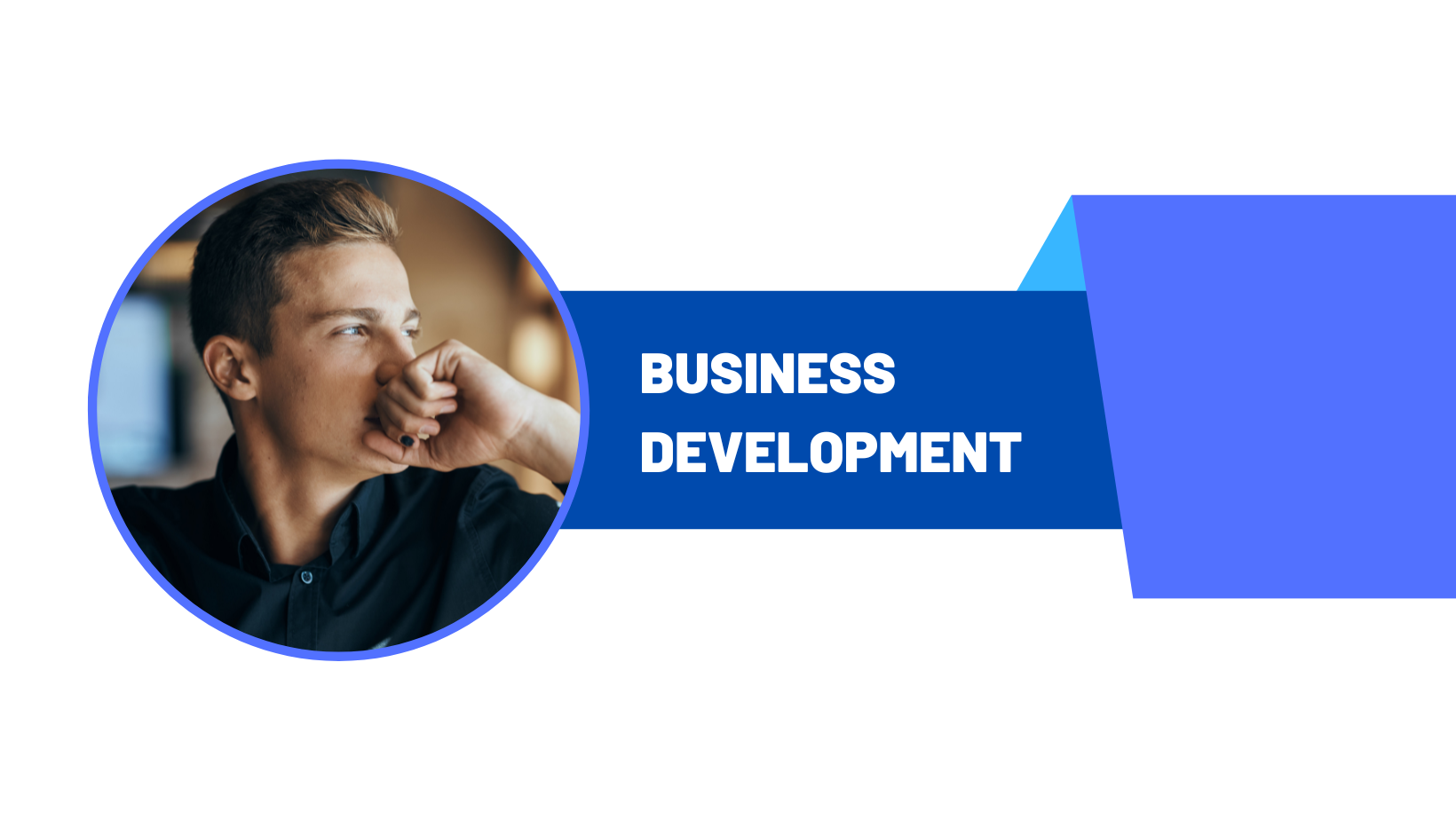
Adapting to Change and Continuous Innovation
In today’s dynamic and rapidly evolving business landscape, the ability to adapt to change and embrace continuous innovation is crucial for long-term success. Businesses that proactively respond to market shifts, emerging technologies, and changing customer demands are better positioned to thrive. In this article, we will explore the key strategies and practices for adapting to change and fostering a culture of continuous innovation. Whether you are a business owner, a manager, or an entrepreneur, these insights and tips will help you navigate uncertainties, drive growth, and stay ahead of the competition.
Embracing a Growth Mindset:
- Cultivating a mindset that welcomes change and sees it as an opportunity
- Encouraging a culture of learning, experimentation, and continuous improvement
- Fostering a sense of curiosity and openness to new ideas and perspectives
- Promoting a positive attitude toward change within the organization
Market Research and Customer Insights:
- Conducting regular market research to identify emerging trends and shifts
- Gathering customer feedback to understand their evolving needs and preferences
- Analyzing market and customer data to make informed business decisions
- Utilizing technology and data analytics tools for effective research and insights
Agile and Adaptive Planning:
- Implementing agile planning methodologies to respond quickly to changes
- Developing flexible business strategies and contingency plans
- Regularly reviewing and adjusting business plans based on market dynamics
- Engaging in scenario planning to anticipate potential disruptions
Innovation and Creativity:
- Creating a culture that encourages and rewards innovation and creative thinking
- Establishing dedicated innovation teams or departments
- Encouraging cross-functional collaboration and idea generation
- Allocating resources for research and development initiatives
Technology Adoption and Digital Transformation:
- Assessing technology trends and their potential impact on the business
- Embracing digital transformation to streamline processes and enhance efficiency
- Implementing emerging technologies to improve customer experiences
- Investing in technology infrastructure and talent development
Collaboration and Partnerships:
- Seeking collaboration opportunities with other businesses and industry experts
- Forming strategic partnerships to leverage complementary strengths
- Participating in industry associations and networks for knowledge sharing
- Engaging in open innovation and co-creation initiatives
Employee Empowerment and Engagement:
- Empowering employees to contribute ideas and participate in decision-making
- Providing training and development opportunities to enhance skills
- Creating a supportive and inclusive work environment that fosters innovation
- Recognizing and rewarding employee contributions to innovation and change
Continuous Learning and Adaptation:
- Encouraging a culture of continuous learning and professional development Strategies for Business Growth
- Staying updated on industry trends, best practices, and technological advancements
- Promoting knowledge sharing and cross-training within the organization
- Adapting quickly to market changes and embracing feedback for improvement
Conclusion:
Adapting to change and fostering continuous innovation are essential for Strategies for Business Growth to stay competitive and achieve sustainable growth. By embracing a growth mindset, conducting market research, adopting agile planning, fostering innovation and creativity, embracing technology and digital transformation, fostering collaboration and partnerships, empowering employees, and promoting continuous learning, businesses can navigate uncertainties, seize opportunities, and drive success in an ever-changing business landscape. Embrace these strategies and practices to position your business for growth, resilience, and long-term success. Remember, adaptation and innovation are ongoing processes that require commitment, agility, and a willingness to embrace change.


